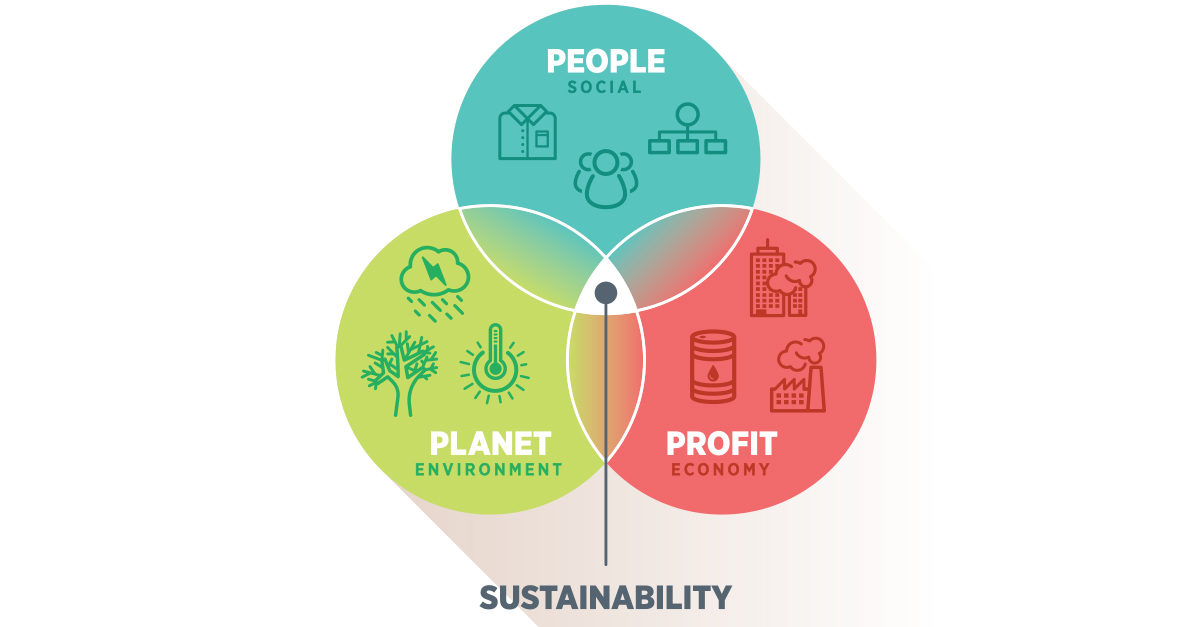About a year ago, researchers at the University of Guelph in Ontario, Canada, began a study to understand rents and occupancy trends in commercial office buildings in the United States and Canada. Altogether, they analyzed data from 2004 to 2013 that covered 148 buildings in Canada and 143 buildings in the United States, which comprised more than 58 million square feet of office space. When comparing green buildings to traditional (i.e., non-green/not sustainable) buildings, they found that:
- Rents in green and more sustainable buildings were 3.7 percent higher.
- Occupancy rates were 18.7 percent higher in Canada and 9.5 percent higher in the United States.
- Tenant renewal rates were 5.6 percent higher in both countries.
- In Canada, tenant satisfaction was reported to be seven percent higher.
- Energy consumption per square foot was 14 percent lower in U.S. green buildings.
While the researchers conducted the study to help building owners and managers understand green building trends, it holds a particular significance for cleaning contractors. The bottom line is that contractors should adopt green and sustainability initiatives, products, and procedures to help ensure they reach their own financial goals and also secure their survival in the professional cleaning industry of the future.
What Makes a Green Cleaning Contractor?
Becoming a green cleaning contractor comes down to four elements: selection of cleaning products (specifically chemicals), procedures, equipment, and plastic liners.
It once was difficult to identify what products could be considered green, but that issue virtually no longer exists. Many cleaning products undergo independent testing and evaluation to achieve third-party certification. These items will bear a “seal” of certification from U.S. Environmental Protection Agency’s Safer Choice program (formerly Design for the Environment), GreenSeal®, UL Environment, and other third-party organizations.
Similarly, equipment such as vacuum cleaners and carpet extractors that earn the Seal of Approval from the Carpet and Rug Institute can be identified as green. This certification illustrates they have met specific criteria ensuring they perform well with minimal impact on the environment. Manufacturers have developed cleaning systems such as some spray-and-vac machines, floor machines, microfiber products, automatic dilution systems, and more for use in green cleaning initiatives.
Environmentally preferable cleaning products and equipment are essential to a green cleaning program, but the proper use of these products and the incorporation of green cleaning best practices are also essential. Programs such as the Cleaning Industry Management Standard-Green Building (CIMS-GB) program from ISSA, the worldwide cleaning industry association, have developed criteria to help contractors clean green. Such standards include the following hallmarks:
- Instituting a written green cleaning program and implementation plan.
- Providing cleaning workers with proper training on how to use green cleaning products and equipment.
- Communicating with cleaning workers and building users regarding the green cleaning program’s implementation and its benefits.
- Addressing the special needs of a facility; for instance, facilities that serve vulnerable populations, such as young children or the elderly, may need specialized green cleaning plans.
- Validating cleaning results using tools such as adenosine triphosphate (ATP) monitoring systems to help ensure that soils and other indoor pollutants have been removed.
Sustainability and Cleaning Contractors
Let’s define the concept of sustainability because it has evolved throughout the years. The old definition involves the use of natural resources in such a way that they will still be available for future generations. However, it now refers to the three Ps of sustainability: people, profit, and planet.
If we take a closer look at these three components, we realize that they mean cleaning contractors must create a culture of sustainability within their organizations. In a sense, this is a value proposition indicating what the company stands for, and it indicates that those working for the firm put sustainability first, are continuously looking for ways to reduce consumption, and use natural resources such as fuel and water more responsibly and efficiently. A culture of sustainability also includes:
- Developing a company vision and sustainability plan (preferably in writing), which includes the reason for implementation, why it is important, and what employees need to do to help support it.
- Inspiring all workers to make sustainability a key concern both at work and at home.
- Rewarding accomplishments that promote and improve a cleaning company’s sustainable performance.
- Measuring and monitoring sustainability improvements within the company and for its clients.
The Profitability Factor
Green cleaning contractors who promote sustainability within their own organizations and client bases can use these characteristics as differentiators—and market them accordingly.
Additionally, green and sustainable cleaning contractors employ cleaning products that are generally safer to use, which can help reduce workers’ compensation claims. Many green cleaning products are designed to last longer, perform at a high level, and ultimately improve customer satisfaction, all of which can result in money in the bank.
And by treating workers more fairly, green contractors can reduce turnover rates as workers become more focused on the company and customer satisfaction. This can contribute to greater profits and cost savings—a perfect combination for cleaning contractors and any other business.




